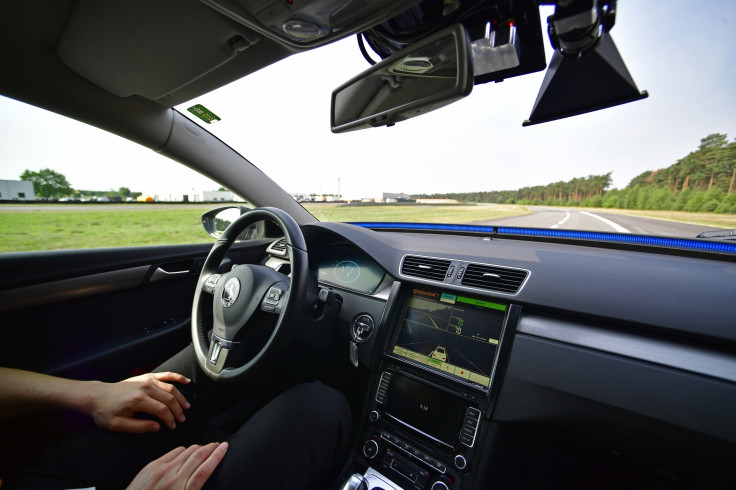How Self-Driving Cars Will Change In-Auto Entertainment And Advertising

Self-driving cars are a rapidly approaching reality. By the year 2020, 10 million self-driving vehicles are expected on the roads. Some even predict that by 2030, one in four cars will be autonomous. This shift will impact almost every aspect of our daily lives, from the amount of traffic we’re forced to sit in and how our cities are planned, to the way our insurance is billed and how our food and goods are transported. And of course, self-driving cars will heavily influence the way we consume advertising.
Americans spend on average about 290 hours driving each year, with 87.5 percent of them over the age of 16. This presents a rich opportunity for advertisers to target large swaths of the population over many, many “new” hours. As self-driving cars turn drivers into passengers, they will suddenly be exposed to more screen time, providing a fresh opportunity for advertisers, and a new challenge that will surely be met in innovative ways.
Beyond increased screen time, autonomous vehicles may also collect more anonymized data-points about their users from their smart devices, learning an immense amount about passengers and their environments. Using this synced anonymized data, self-driving cars will not only have access to their users’ locations, but will come to understand their routines and timing, typical behaviors and important dates and events.
With this knowledge, self-driving cars may facilitate advertising that affects and interacts with passenger locations, steering and route alterations, rather than simply responding to them. As vehicles glean more data and insights into anonymized user behavior than ever before, the ads served in self-driving vehicles will be able to direct passengers based on their needs.
Imagine, for example, that your self-driving vehicle is synced with your Google calendar and knows that tonight is a neighbor’s New Year’s dinner party. On your route home from work, an in-vehicle ad suggests a nearby grocery store where you can pick up a dessert for the party, and you direct the vehicle to take you there. Or, for example, your vehicle recognizes its gas tank is low and suggests a convenient gas station on your daily route from work to the gym. The ad, via the car, is not only responding to location but driving it.
In this way, self-driving cars will create a new field of in-vehicle e-commerce. The in-vehicle advertisements might encourage purchases at specific locations by offering free or discounted services, further incentivizing a detour to that location. Passengers may even make purchases through the in-vehicle ads that are served to them, with the advertisements directing them to online orders for later delivery or immediate pick-up, such as with ordering take-out while on the way to a restaurant.
Taking it one step further, the advertising industry could take advantage of the full car environment to produce interactive, branded in-vehicle advertising or entertainment experiences. Like iMax theaters or amusement park rides use the movement of the passengers’ seats, lighting, sound and climate to create a 3D experience, brands might serve immersive AR advertisements within self-driving vehicles, offering passengers the opportunity to feel as though they are interacting with products and thus creating a truly engaging experience. And with our eyes no longer on the road, highway billboards may be replaced by new advertisement formats within the vehicle or on individual mobile devices.
These immersive advertisements put the user at the center of the ad — literally and figuratively — something that may incline them to connect more strongly with the brand. This presents a unique opportunity for advertisers, as research has found that users exposed to an augmented reality branded lens on Snapchat, for example, interacted with the brand for three minutes, much longer than they would anywhere else.
Advertising — like many other of our daily interactions and experiences — will be rear-ended by autonomous vehicles. Self-driving cars will not only offer new surfaces and more available time with which to target audiences, but they will wholly transform the advertising industry. In the world of autonomous cars, ads will steer location; drive and enable in-vehicle transactions and purchases; and allow for interactive branded engagement.
Noam Neumann is the Vice President of Technologies and Data at Mobfox.
© Copyright IBTimes 2024. All rights reserved.











